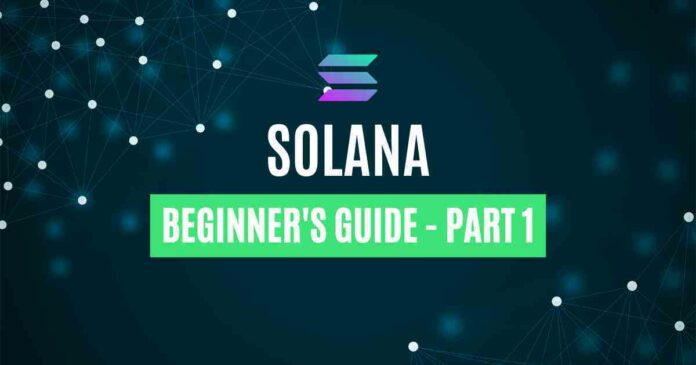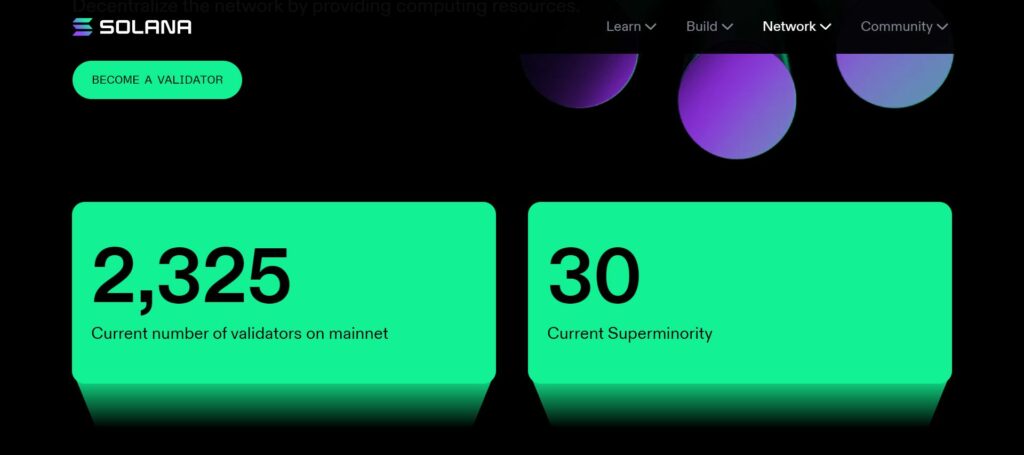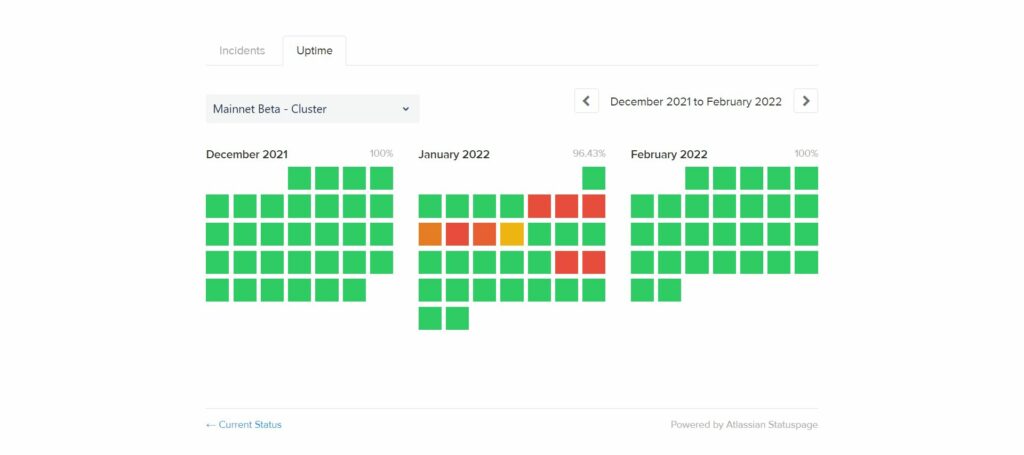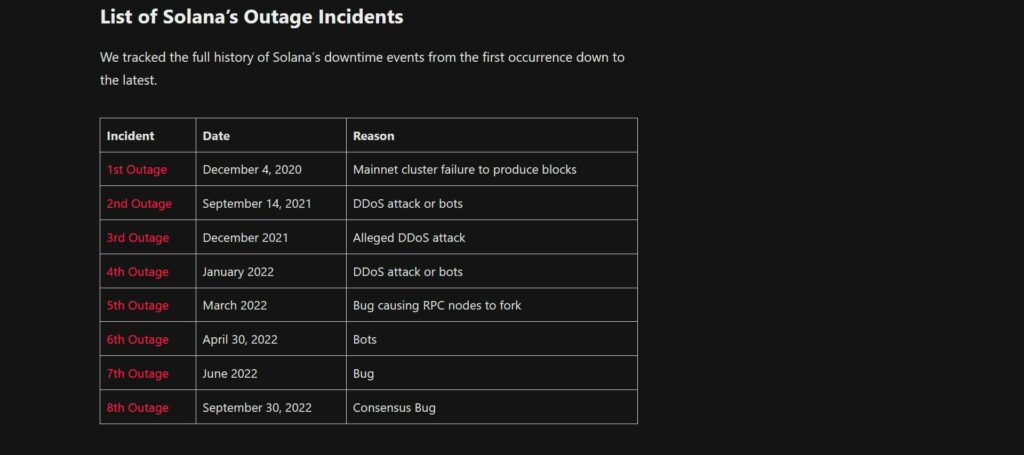Solana is one of the original Ethereum-killer chains. They did well, although they had their share of issues. However, recently, they got caught up in choppy waters. This was because of the FTX collapse. They were big investors in this chain.
So, it’s time to have a closer look at Solana again. We will answer eight popular questions, spread out over two articles. So let’s begin with the first four questions!
"We believe 2023 will be a year where the Solana community really takes the reins and continues to build the framework for a decentralized and permissionless economy."
A vision for the Solana community in 2023, by @aeyakovenko and @rajgokal https://t.co/jVThrOuR04
— Solana (@solana) January 31, 2023
What Is Solana?
Solana saw the light of day in November 2017. Anatoly Yakovenko, together with three other people, presented the Solana whitepaper. In 2020, they launched their mainnet. This included their proof-of-history (PoH) consensus mechanism. A variation on the better-known proof-of-stake (PoS) mechanism. A consensus mechanism is a computer system, protocol, or algorithm creating systems of agreement. These make sure that cryptocurrencies work.
The company’s name is Solana Labs. In 2020, they also founded the Solana Foundation, based in Switzerland. Their native coin is SOL.
Solana tries to solve the blockchain trilemma. Blockchains face three issues they need to overcome. These are scalability, security, and decentralization. Solana managed to handle scalability and security. They haven’t found a solution yet for better decentralization. The theory is that each blockchain can address two parts, but not all three.
As a result, the transactions on Solana are fast and cheap. An average transaction costs are around $0.00025. In theory, they can handle up to 75,000 transactions per second (TPS). Currently, they handle around 4,000 TPS. NFTs are another space they are well known for. They already minted 21.9 million NFTs.
1/ @Instagram & @Facebook have integrated support for Solana NFTs! 🙌
In the Instagram app, go to Settings, click Digital Collectibles & connect your Phantom wallet. The integration is rolling out to all users over the coming days, get ready to showcase your favorite NFTs! pic.twitter.com/H91C9khTmD
— Solana (@solana) November 2, 2022
How Solana Works (Consensus Mechanism)
Most blockchains use either proof-of-work, like Bitcoin, or proof-of-stake, like Ethereum. These are the most popular consensus mechanisms. Solana uses proof-of-history, a variation on PoS.
PoH optimizes the transaction process. It gives a timestamp to each transaction. This shows when new blocks form. In contrast to other chains, Solana doesn’t organize transactions block by block. Instead, PoH processes them as they come, with a timestamp.
With PoW or PoS mechanisms, all validators need to reach consensus. Once they reach consensus, they can confirm a new block. However, this costs time. In the Solana setup, validators can vote on timestamps of different blocks. They don’t need to communicate with each other all the time to confirm transaction times. If various validators work together, we call this a Solana cluster.
Nonetheless, it is not a consensus mechanism. To reach consensus, they use the Tower Byzantine Fault Tolerance (BFT) algorithm. This deals with reaching consensus without a trusted and central party. The Tower BFT can confirm transactions and secure the network.
As a result, Solana can complete transactions immediately. This leads to improved scalability and low transaction fees. This results in a variety of dApps that choose to build on the Solana network. For example, in DeFi, gaming, NFT space, or stablecoins. For more background on PoH, check this blog by Anatoly Yakovenko. The following short video also explains PoH.
How to Be a Validator in Solana
Anybody can become a Solana validator. You don’t need a minimum amount of SOL to become a validator. However, there are costs for being a validator. For example, you need a vote account for consensus, with a reserve of almost 0.03 SOL. Furthermore, taking part in voting can cost up to 1.1 SOL per day.
On the other hand, yearly rewards are currently around 5%. These are pending on your voting weight. In other words, how many SOL do you stake as a validator. When you stake SOL, you can delegate your stake to a validator. This gives the validator more “weight.” As a result, he receives more rewards.
As a validator, you will also need a specific set of hardware. Solana provides recommendations for this in their docs. To clarify, this setup is not cheap.
If you delegate your stake to a validator, you share the rewards but also the risks. If a validator doesn’t perform well, he may get slashed. This reduces the rewards. The delegator shares this risk. The picture below shows the current number of validators, well over 2,300.
Source: Solana validators
Solana’s Shutdown Timeline
One of the major issues Solana faces is its shutdowns. On a regular basis, the chain stops operating. From 2020, since they launched, all the way through to October 2022. The length of the outages varies. The longest outage was 18 hours and 12 minutes on January 10, 2022. That week, the chain halted seven days in a row. The last recorded shutdown was on October 1, 2022, for 6 hours and 19 minutes. See the picture below for the January 2022 downtime. This is a page where you can see the uptime of the Solana chain.
Source: Solana status
The reasons for the shutdowns vary. The first outage on December 4, 2020, was due to a mainnet cluster failure to produce blocks. Other reasons include, for instance:
- DDoS attacks – This is when attackers try to disrupt normal traffic on a server. The case is a coordinated attack with an overload of fake traffic. This causes the server to crash.
- Bugs in the consensus – The validators can reach consensus, which causes the chain to halt.
- Bots minting NFTs with four million TPS. This overload crashes the system.
The picture below shows the major outages and their reasons on the Solana network.
Source: Metaroids
Conclusion
This is Part 1 of our Solana beginners guide. Read Part 2 where we answer more questions about Solana.
The current SOL price is $25.02. Over the last 30 days, SOL is up by 122%. The market cap is $9.3 billion. Their max supply is infinite, but they have a total supply of 539.8 million coins. Out of this total supply, 372 million coins circulate.
⬆️ For more cryptocurrency news, check out the Altcoin Buzz YouTube channel.
⬆️ Our popular Altcoin Buzz Access group generates tons of alpha for our subscribers. And for a limited time, it’s Free. Click the link and join the conversation today.































